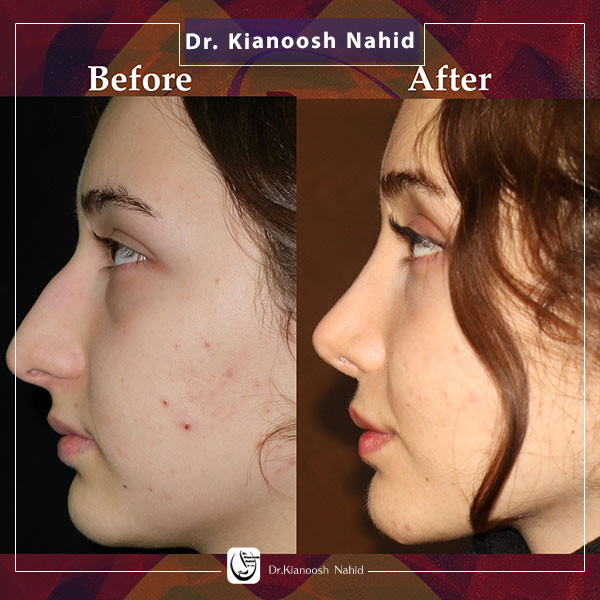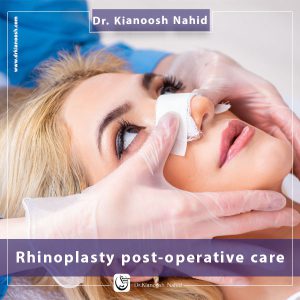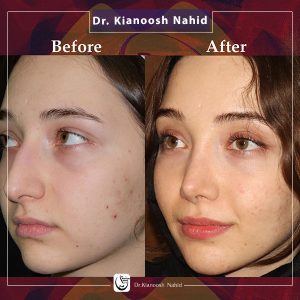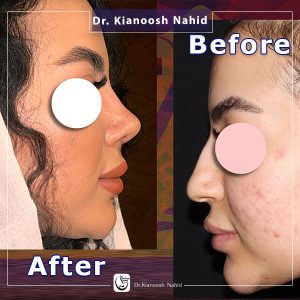Rhinoplasty, a transformative procedure aimed at reshaping the nose, encounters unique challenges when dealing with individuals possessing thin skin. The term “thin skin” refers to a delicate covering that provides less coverage over the underlying nasal structures compared to thicker skin. For more information about thin skin rhinoplasty, including its benefits, risks, and procedures, please continue reading.

Characteristics of Thin Skin in nose job
Thin skin, characterized by its transparency and fragility, presents both opportunities and challenges in rhinoplasty. Its translucent nature allows for more defined changes in the nasal contours but also makes any alterations or adjustments more visible.
Methods in Rhinoplasty for Thin Skin
rhinoplasty surgeons adapt specialized techniques to navigate the nuances of thin skin in nose surgery. These methods include using precise cartilage grafts, refining structural adjustments, and employing meticulous suturing techniques to achieve optimal results while minimizing the risk of visible scarring.
Outcomes and Expectations
Individuals with thin skin undergoing nose job may experience more noticeable refinements in the nose’s shape and structure post-surgery. The transparency of the skin can accentuate the effects of surgical alterations, resulting in a more defined and aesthetically pleasing outcome.
Complications and Challenges of thin skin rhinoplasty
While thin skin offers the potential for refined changes, it also poses challenges. Prolonged swelling, increased risk of visible irregularities, and heightened sensitivity post-surgery are among the potential complications encountered during the recovery phase.

Optimizing Results and Patient Satisfaction
Surgeons employ meticulous planning and personalized approaches to ensure optimal outcomes in thin skin nose surgery. Preoperative assessments and detailed discussions with patients regarding their desired outcomes play a crucial role in achieving patient satisfaction.
Patient Education and Realistic Expectations
Managing expectations is key. Educating patients about the potential limitations of surgery, emphasizing realistic expectations, and transparently discussing the achievable results are vital components in ensuring patient satisfaction post-surgery.
Conclusion
Rhinoplasty for individuals with thin skin requires a nuanced approach that acknowledges both the advantages and challenges posed by this unique skin type. Surgeons’ expertise in tailored techniques, combined with effective communication and patient education, leads to successful outcomes despite the inherent complexities










